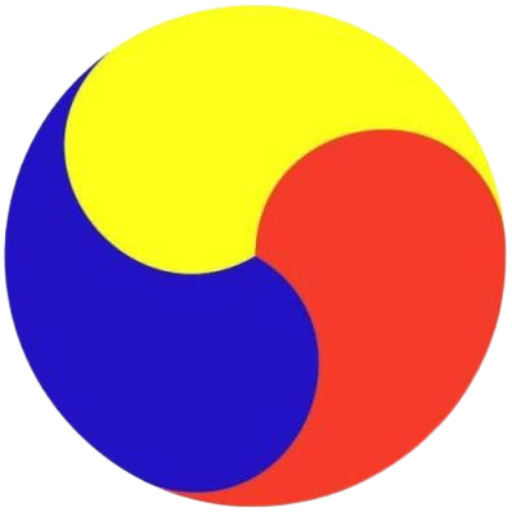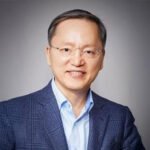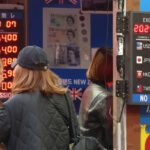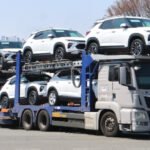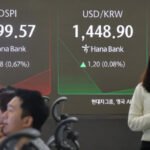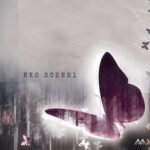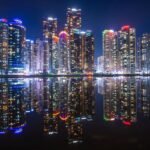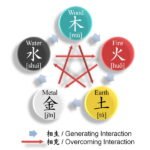Executives from Hyundai Glovis and Woodside Energy at HD Hyundai Samho for the naming ceremony for the Woodside Scarlet Ibis, an LNG carrier
Hyundai Glovis Co., the logistics unit of South Korea’s Hyundai Motor Group, is entering the liquefied natural gas transportation business with its first LNG carrier, the Woodside Scarlet Ibis.
The company said on Sunday that it has secured a 174,000 cubic-meter LNG carrier built by HD Hyundai Samho Co. and chartered by Australia’s Woodside Energy Group.
Last week, the three companies held a naming ceremony at HD Hyundai Samho’s shipyard in the southern part of Korea.
Named after the national bird of Trinidad and Tobago, Scarlet Ibis, the LNG carrier will make its first call at Woodside’s Pluto LNG terminal in Western Australia.
Woodside Scarlet Ibis, an LNG carrier, built by HD Samho, owned by Hyundai Glovis and chartered by Woodside Energy
In April 2022, shipowner Hyundai Glovis and Woodside signed a charter deal for one newly built LNG carrier for 10 years. The charter deal includes an option for an additional five years.
With this deal, Hyundai Glovis is entering the LNG transportation business.
The new vessel can load up to 174,000 cubic-meter LNG, equivalent to half Korea’s daily LNG consumption.
The LNG carrier is 292 meters long, about 40 meters longer than Korea’s landmark 63-story 63 Building in Yeouido.
Hyundai Glovis’ headquarters in Seoul (Screenshot captured from its website)
DIVERSIFYING ITS FLEET TO GAS CARRIERS
Hyundai Glovis largely handles vehicles made by Hyundai Motor Group’s two automaking units – Hyundai Motor Co. and Kia Corp. – for overseas shipments. The logistics firm also counts Volkswagen AG and other global carmakers among its clients.
Hyundai Glovis is striving to diversify its transportation business portfolio from automobiles into natural gases, including LNG, liquefied petroleum gas (LPG) and ammonia in line with global carbon neutrality initiatives across industries.
In March, Hyundai Glovis purchased three LPG carriers. It also formed a consortium with Japan’s Kawasaki Kisen Kaisha Ltd., also known as K-Line, to win a long-term LNG transportation contract from Qatar Energy.
Hyundai Glovis currently operates 87 pure car and truck carriers (PCTCs), 10 bulk carriers and 10 tankers. They are either Hyundai Glovis’ ships or chartered vessels.
The company also operates 52 logistics centers in Korea and 96 distribution bases outside Korea.
Automobiles are loaded onto a car carrier operated by Hyundai Glovis
HIGH-TECH VESSELS
Seaborne gas transportation requires high technology.
Cargo must be maintained at minus 162 degrees Celsius throughout transportation. Also, special storage facilities are required for this purpose.
Analysts said natural gas transportation has great growth potential in line with the rising demand from various sectors for low-emission energy sources such as LNG, hydrogen and ammonia to meet internationally-set carbon neutrality targets.
According to Goldman Sachs Research, global LNG supplies are forecast to grow 80% by 2030 from the current levels.
“Our business focus will be securing maritime transportation capabilities for LNG, hydrogen and ammonia, which are considered future energy sources,” said a Hyundai Glovis official.
By Jin-Won Kim
jin1@hankyung.com
In-Soo Nam edited this article.
